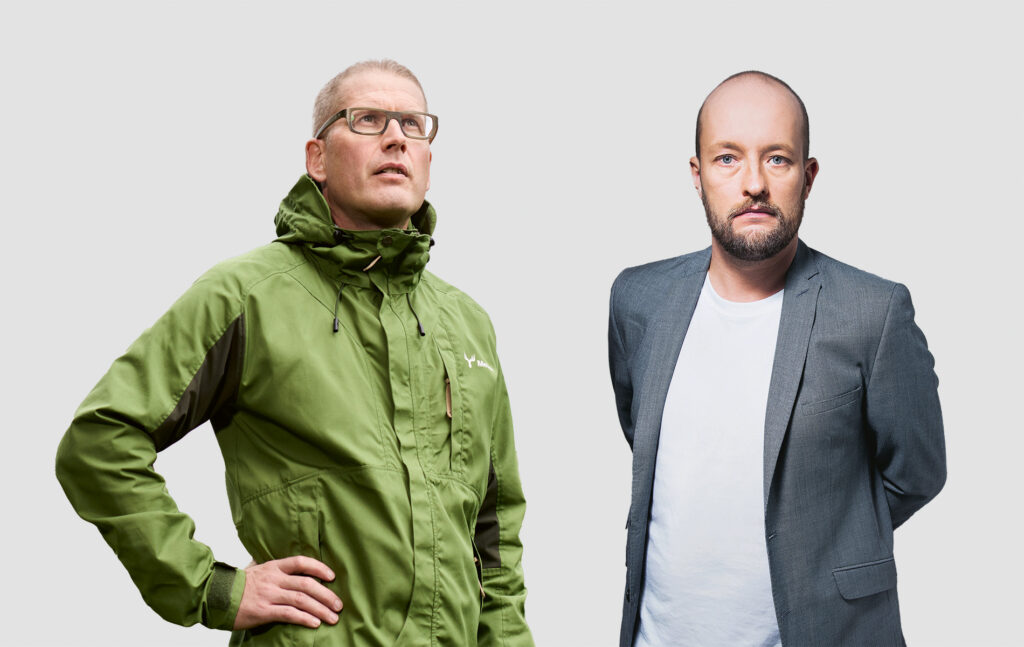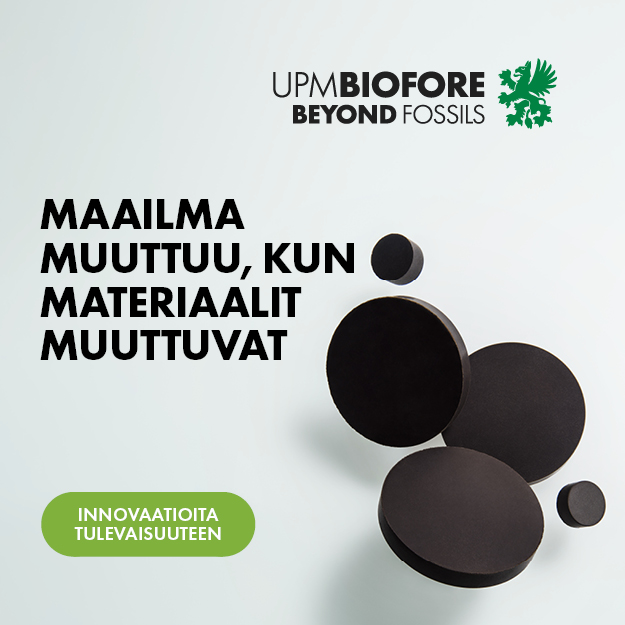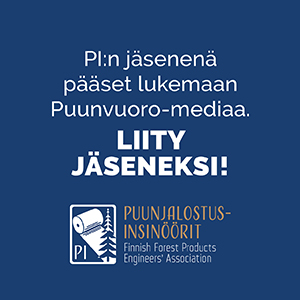Loss of biodiversity and climate change are major topical challenges and forests, forestry and the diversity of forests play an important role in the prevention of these problems. The EU Biodiversity Strategy, according to which 30% of all EU sea and land areas should be protected and 10% of these strictly protected, is a good start in the quest to stop loss of biodiversity by 2030. The target for strict protection includes the protection of all remaining old-growth and natural forests.
“We have heard that the criteria for the definition of old-growth and natural forests currently being discussed will be very exclusive. There is great political pressure to make the criteria strict in order to minimise the protected area,” says Touko Sipiläinen, Head of Greenpeace in Finland.
Metsä Group’s Senior Vice President, Corporate Affairs Tomi Salo believes that the definition of the need to protect forests is important as it establishes clear ground rules for the industry and provides a basis for sustainable and economically viable forestry. Securing biodiversity and promoting the ecological sustainability of forest use also serve the interests of forestry and forest owners.
“Forest owners are typically left out of the public discussion about forestry. They want to pass on their forests to the next generation in a better condition than they are in now. This is the mindset upon which Metsä Group is developing its forestry service portfolio,” says Salo.
Diverse forests and wood products with high added value contribute to a functional whole
According to the environmental organisation, the challenge the Finnish forest industry is facing is that wood products have low added value and forests that are worth protecting are cut down instead. Metsä Group says that, in addition to applicable laws and certificates, their wood procurement is based on regenerative forestry, which includes increasing the volume of broad-leaved trees, old trees, decayed wood and burnt wood resulting from controlled burns that take biodiversity into account in commercial forests.
“The forest industry should make products that people want and need in their daily lives. Increasing the added value without any demand for such products is not viable. With regard to sustainability, it would also be smart to focus on necessary products instead of inessential items,” says Salo.
According to Sipiläinen, forestry based on voluntary participation and the forestry models now on offer cannot replace systematic planning of protected areas. In addition, it is important to support continuous cover forestry and end clear felling of peat land areas in order to increase biodiversity.
“The forest industry should review its sustainability efforts from a fresh perspective, adjust the volume of felled timber to a sustainable level with regard to the climate and commit to sufficiently extensive protection of the most valuable forests in order to stop the loss of biodiversity in forests. This will benefit the whole industry and secure its future as well”.
Touko Sipiläinen, Head of Greenpeace in Finland
Salo also says that supporting forest biodiversity requires both the protection of forests and measures carried out in commercial forests. Ultimately, the question is where the line between protection and these measures runs. This is exactly the issue that the Natural Resources Institute Finland and the Finnish Environment Institute are defining with regard to old-growth forests.
Metsä Group has contributed to the implementation of the biodiversity roadmap of the wood processing industry, and it invests in the development of indicators used to monitor the development of the natural forests in cooperation with the scientific community and as part of their regenerative forestry strategy.
“Sustainable forestry is useless as a term if it is not monitored with indicators suitable for this purpose. Third-party audits provide concrete information about whether the right measures for nature have been carried out in forests or not.”
Tomi Salo, Senior Vice President Corporate Affairs, Metsä Group
Ending wood burning would reduce the need for felling
The potential of wood-based products to replace fossil raw materials has emerged due to the adverse effects on health and the environment of microplastics. There is also growing awareness of the fact that the potential effects of harvesting wood must also be taken into account in estimating the climate impact of wood-based products.
“Large felling volumes have devastated the carbon sinks of our forests. In order to achieve Finland’s carbon neutrality goals, annual felling volumes must be brought down to about 55–65 million cubic metres. This means reducing the volume by about one fifth, which is possible with reasonable adjustments,” says Sipiläinen.
Salo considers providing forests with additional protection is reasonable from the viewpoint of diversity, but not with regard to carbon neutrality.
“Studies show that Finland’s forests continue to grow at a faster rate than they are used, which means that their carbon sequestering ability is increasing. The growth and sequestering potential of old-growth forests is weaker. Instead, the growth of commercial forests can be supported in various ways.”
The idea of reducing the burning of stemwood that is suitable for processing is unconditionally supported by both parties. The developing energy market and growing production of electricity means that the spot price of electricity may even be negative. Advantage of this phenomenon should be taken in heat production to replace the burning of wood that can be processed or is otherwise important with regard to the diversity of forests.
“Forest research in Finland has been systematic and we have the world’s best knowledge of our nature. I believe that this knowledge and cooperation between various stakeholders allows us to disconnect economic growth and the depletion of natural capital in a way that is ideal for both parties,” says Salo.




